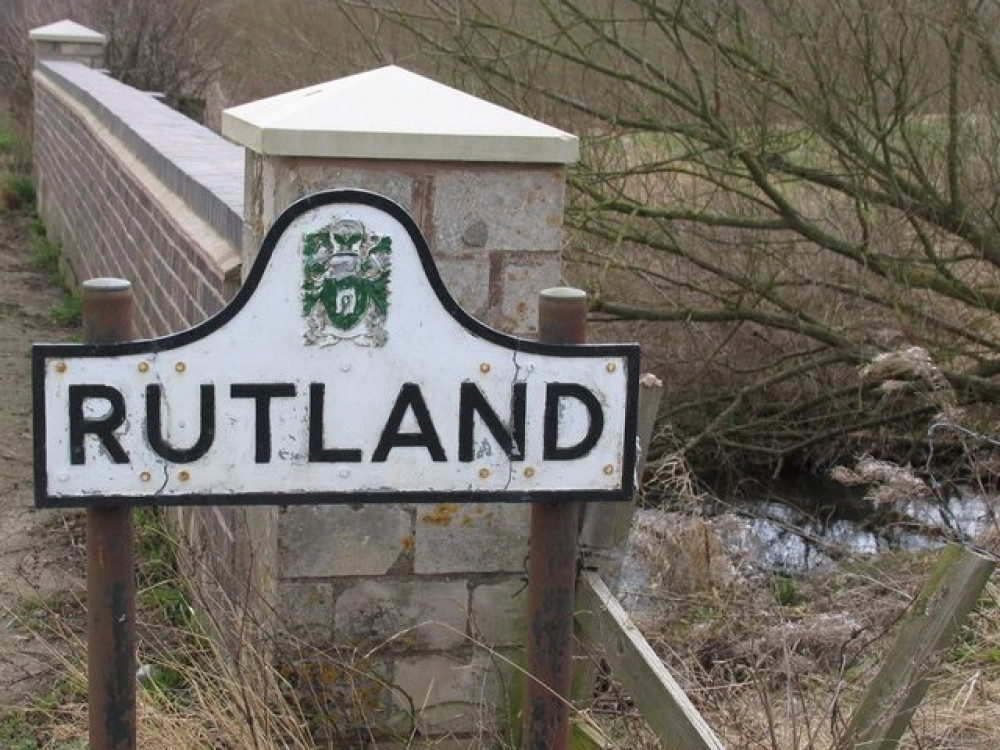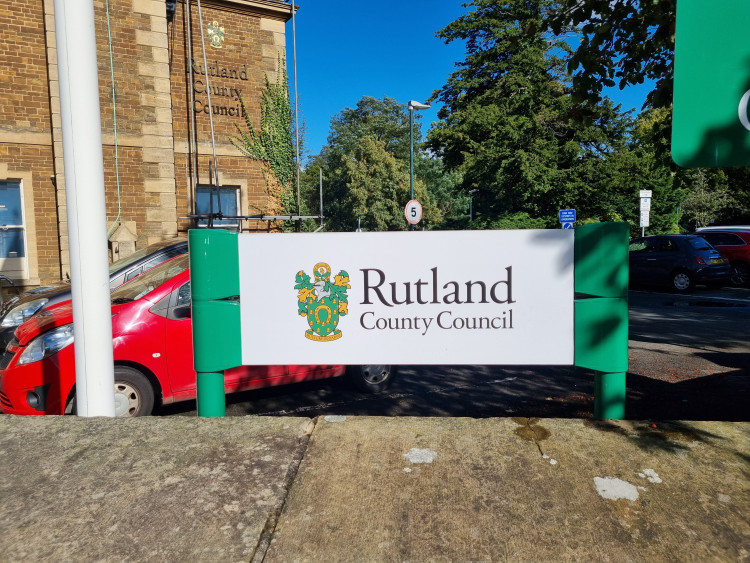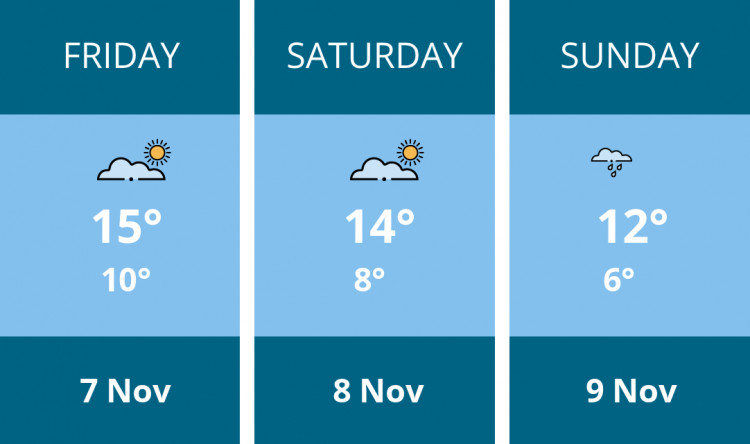How ‘North, City, South’ bid could affect Rutland residents
By Sarah Ward - Local Democracy Reporter 30th Jun 2025
By Sarah Ward - Local Democracy Reporter 30th Jun 2025

Rutland is likely to join part of Leicestershire to form a larger, unitary council area – an option backed by the current county council in a wider local government shake up.
But what would a new North Leicestershire and Rutland unitary authority mean for Rutland residents?
The Local Democracy Reporting Service has scrutinised a 76-page document, drawn up by councils in Leicestershire and Rutland, which makes a case for three unitary authorities to cover a population of 1.1 million residents.
Called 'North, City, South', it proposes the existing councils of Rutland, Charnwood, North Leicestershire and Melton would join to form North Leicestershire and Rutland Council, the city of Leicester would have its own unitary council, and Blaby, Harborough, Hinckley and Bosworth and Oadby and Wigston would form the South Leicestershire unitary.
There are two other bids submitted to the Government which feature Rutland. These are for it to form a larger unitary with all Leicestershire councils and for it to join with some Lincolnshire councils. But Rutland council's leaders are not consulting on these proposals and has made it clear that the North, City, South option is its preferred choice. Government ministers will have the final say and that decision is expected next year.

Here are some of the ways a new North Leicestershire and Rutland council could affect residents:
Council tax reduction
A decrease in council tax of almost 10 per cent. The average Rutland household pays more for its council services than any other area in the proposed new authority. Finance officers propose an average of the four council tax amounts currently paid and then a five per cent increase, which would be just under £2,000 per Band D household a year. Rutland's Band D residents currently pay £2,218.48.
A growing population
The new authority would be the largest of three new authorities in Leicestershire and Rutland, with a proposed 401,000 population. This would be made up of the 43,000 people living in Rutland, 52,000 in Melton, 204,000 in Charnwood and 118,000 in North West Leicestershire. The Government has increased the amount of housing to be built, and Rutland has had its target doubled, with more than 250 homes to be built each year.
Housing and population are expected to grow with new settlements proposed, including up to 5,000 homes at Isley Walton in North West Leicestershire; the Six Hills development of up to 10,000 homes across Charnwood and Melton and up to 5,000 homes at the Woolfox site in Rutland.

Taking on debts incurred by other areas
The merger would see the new authority take on all the debts of the existing councils, which is not good news for Rutlanders. The new council would inherit a debt of £329.7 million.
The Rutland authority debt is £21.3 million – the lowest of the four councils that would form the new unitary authority. Charnwood has the highest debt at £81.1 million; then North West Leicestershire at £62.6 million and Melton at £31.5 million.
The Rutland authority closed Catmose Sports Centre in Oakham last year, having decided it could not afford to run it – a difficult and unpopular decision made to try to balance the books.
Fewer councillors to represent them
The four existing councils have 145 elected councillors, and 27 of those are in Rutland. It is likely the new council will have 80, therefore Rutland is likely to have fewer councillors to represent residents.
Potential job losses
Council employees could find their jobs under threat. The new council will have job duplications and so redundancies are to be expected. The plan does not say how many staff each council employs but does say the losses will affect the upper tiers.
It says: "Savings will be generated mainly from a reduction in the number of senior leadership positions. Staff are any council's most valuable asset, and staff retention will be important. With natural turnover and vacancy rates at approximately 9%, it is expected that the change can be managed positively and redundancies can be minimised."
About 139,000 people live and work in the proposed new council area, and about three-quarters of those who are employed live and work within the same county area.
CHECK OUT OUR Jobs Section HERE!
oakham vacancies updated hourly!
Click here to see more: oakham jobs
Share:












